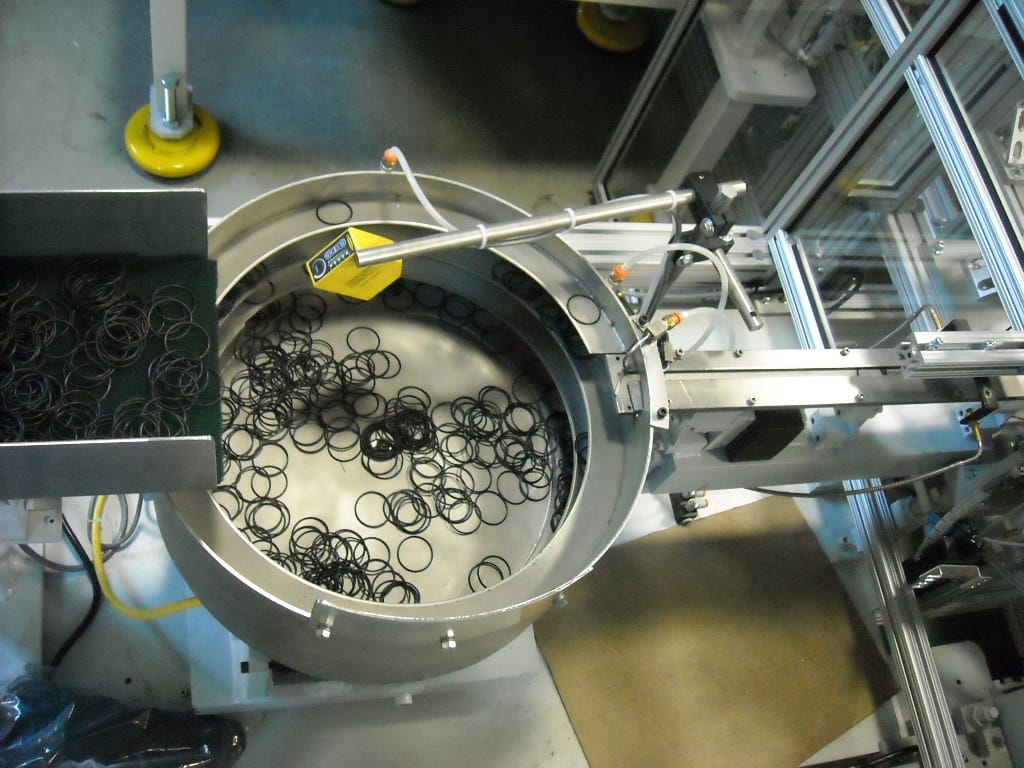“Revolutionizing Packaging Processes: How Smart Feeders Are Reshaping the Industry”
Image Source: Google
Smart feeders, also known as intelligent or automated feeders, are rapidly changing the landscape of the packaging industry. These innovative devices are streamlining and optimizing packaging processes, leading to increased efficiency, reduced costs, and improved product quality.
Traditional feeders packaging processes often involve manual labor, which can be time-consuming, prone to errors, and labor-intensive. However, with the advent of smart feeders, the game has changed. These advanced machines are designed to automate the feeding and positioning of various materials, such as labels, inserts, leaflets, and even products, into packaging lines.
One of the key advantages of smart feeders is their ability to handle a wide range of materials and products. Whether it's small items, such as pills or cosmetics, or larger objects, such as bottles or cartons, smart feeders can adapt to different shapes, sizes, and weights.
This versatility makes them indispensable across various industries, including pharmaceuticals, food and beverages, cosmetics, and consumer goods.
Smart feeders employ advanced technologies, such as sensors and vision systems, to ensure accurate and precise feeding. These devices can detect and correct errors in real-time, minimizing the risk of misaligned labels, missing inserts, or faulty packaging.
By eliminating human errors and inconsistencies, smart feeders significantly improve product quality and reduce waste, leading to higher customer satisfaction.
Moreover, smart feeders are designed with user-friendly interfaces, making them easy to set up and operate. These machines can be seamlessly integrated into existing packaging lines, allowing for a smooth transition from manual to automated processes.
With minimal training required, operators can quickly become proficient in operating smart feeders, saving time and resources in the long run.
One of the greatest advantages of smart feeders is their speed and efficiency. These devices can handle high volumes of materials and products, ensuring a continuous and uninterrupted flow of packaging. By optimizing the feeding process, smart feeders help manufacturers meet tight deadlines, increase production output, and reduce time-to-market for their products.
In addition to improving efficiency, smart feeders also contribute to cost savings in the long run. By eliminating manual labor, manufacturers can reduce labor costs and allocate resources to other areas of their operations.
Furthermore, the accuracy and precision of smart feeders reduce the need for rework or rejects, saving on materials and minimizing waste. These cost savings make smart feeders a smart investment for businesses looking to enhance their packaging processes.
Smart feeders are also playing a crucial role in promoting sustainability in the packaging industry. By reducing waste, optimizing resources, and improving product quality, these devices contribute to a more environmentally friendly approach to packaging.
With rising concerns over climate change and environmental impact, smart feeders are aligning the packaging industry with sustainability goals.
In conclusion, smart feeders are revolutionizing the packaging industry by streamlining processes, improving efficiency, reducing costs, and promoting sustainability. With their ability to handle a wide range of materials and products, along with advanced technologies for accuracy and precision, smart feeders are reshaping the industry and setting new standards for packaging automation.
As businesses strive for innovation and competitive advantage, smart feeders provide a compelling solution to optimize packaging processes and meet the demands of a rapidly evolving market.
